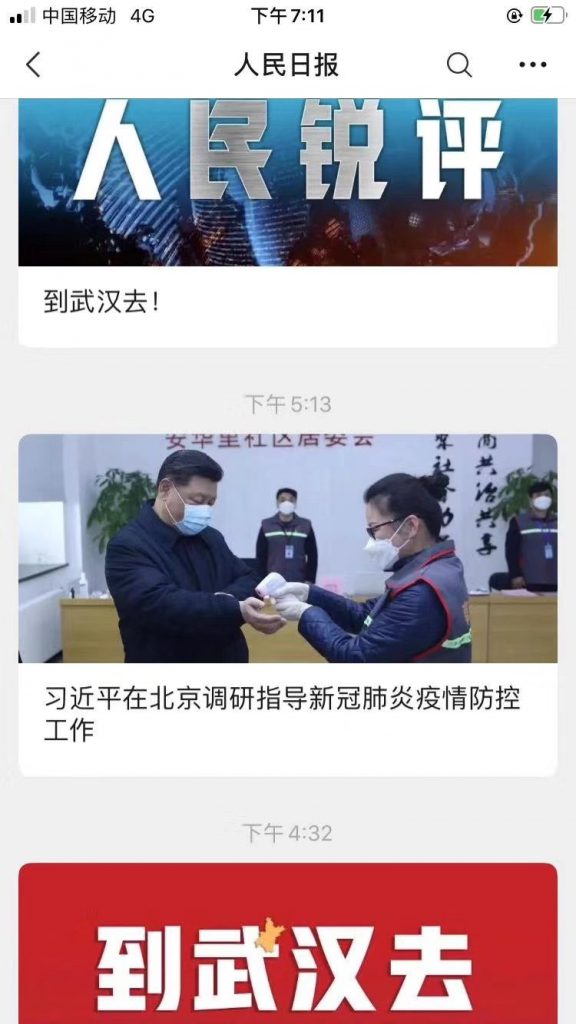Ming Pao reported that, according to sources in Beijing, the Wuhan Coronavirus information was reported to the top leaders in early January, but both the Central leader and local leaders didn’t take enough action.
- At the end of December 2019, China’s Center for Disease Control and Prevention (CDC) was involved.
- In early January, China’s CDC reported to the National Health Committee and top leaders of the Chinese Communist Party (CCP).
- On January 6, Gao Fu, head of China’s CDC, requested CDC to start a level II emergency response.
- On January 7, at the CCP Politburo Standing Committee meeting (coronavirus was not the main topic), Central leaders requested to pay attention on the prevention, but also requested not to create fear that would impact the festival mood of the people celebrating the upcoming Chinese New Year. Hubei and Wuhan didn’t take severe actions.
- On January 20, Zhong Nanshan stated that the virus could be transmitted from person to person, but it took three days for Hubei and Wuhan to decide to lock down these cities.
Related posting on Chinascope:

